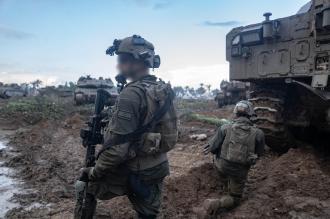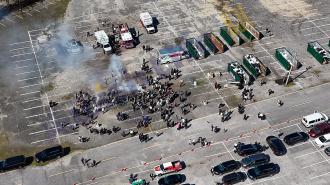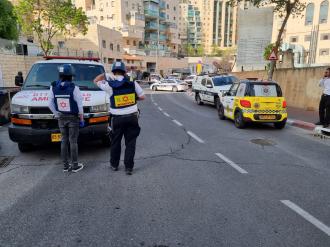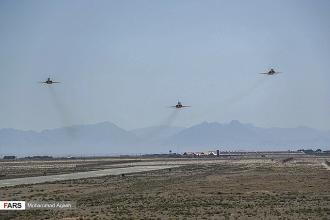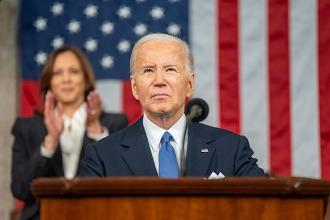A powerful 7.1 earthquake shook central Mexico on Tuesday, collapsing homes and bridges across hundreds of miles, killing at least 105 people and sending thousands more fleeing into the streets screaming.
In Mexico City alone, at least 30 people died and 44 buildings were reduced to rubble, the Associated Press reported. Eight other people were reported killed in the surrounding state of Mexico, 13 in the state of Puebla and 54 across the state of Morelos.
The temblor caused buildings to sway violently in the capital, including in the historic districts of El Centro and Roma, crumbling balconies and causing huge cracks to appear on the facades. .
Panic spread through the city's central core, where dozens of buildings collapsed. Rescue vehicles screamed toward damaged buildings, and neighbors took on heroic roles as rescuers.
On Amsterdam Street, a normally tranquil road that rings a major park in the upscale neighborhood of Condesa, a large apartment building collapsed into a pile of concrete and dust. Hundreds of residents helped a team of soldiers, police officers and firemen search the rubble for survivors. Many of the men were shirtless in the late summer heat, and everyone was covered with dust. Some rescuers commandeered shopping carts from a nearby supermarket and formed a human chain to haul away rubble. Several times, a warning went up about a possible aftershock or gas leak, sending hordes of panicked people running. But there were few places that would be safe. Amsterdam, like many streets in Condesa, is narrow and lined with trees and power lines, all of which could turn deadly in an aftershock. The neighborhood was filled with thousands of dazed survivors too afraid to return to their homes. They stood around with dogs and suitcases, holding their heads and checking social media feeds on their phones. Many ducked into their homes to bring food and water for rescuers. Police cordoned off entire blocks because of the fears that gas leaks could cause explosions. Flights into Mexico City were temporarily rerouted to other cities, but the airport reopened after checks were completed. The U.S. Geological Survey calculated the preliminary magnitude of the earthquake at 7.1. The epicenter was about 80 miles southeast of Mexico City in the state of Puebla. It struck on the anniversary of a 1985 temblor, which killed thousands of people and devastated large parts of Mexico City — a tragedy that President Enrique Peña Nieto had commemorated earlier in the day. Mexico City is prone to major damage in earthquakes because it sits on an old lake bed that amplifies the shaking. Susan Hough, a U.S. Geological Survey seismologist, said Tuesday’s quake was likely related to one that struck off the coast of Mexico’s Oaxaca state on Sept. 7, which the government calculated as a magnitude 8.2 and the USGS as an 8.1. “An 8.1 is big enough that having an aftershock this big and this distant — it isn’t too surprising,” Hough said. “It’s unusual, but it fits in with the picture that we’ve grown to understand.”







